The Wolseley fuel concrete storage tanks are a significant piece of industrial heritage located in Wolseley, a small town in South Australia.
These unique structures were built during World War II as part of Australia’s efforts to secure its fuel supplies during a time of global conflict.
Constructed in 1943, the tanks were designed to store aviation fuel for the Royal Australian Air Force (RAAF). The decision to build them in Wolseley was strategic, as the town was situated along the main railway line between Adelaide and Melbourne, making it an ideal location for fuel distribution.
What makes these tanks particularly noteworthy is their construction method. Unlike typical metal fuel tanks, these were built using reinforced concrete. This innovative approach was adopted due to wartime shortages of steel and other materials. The use of concrete also provided better protection against potential enemy attacks.
The complex consists of four large cylindrical tanks, each capable of holding approximately 2.5 million liters of fuel. They are partially buried underground, with only their domed roofs visible above the surface. This design feature helped to camouflage the tanks from aerial observation and provided additional structural support.
After the war, the tanks continued to be used for fuel storage for some time before eventually being decommissioned. Today, they stand as a reminder of Australia’s wartime efforts and industrial ingenuity.
The Wolseley tanks have been recognized for their historical significance and are now protected under heritage listings. They serve as an important educational resource, offering insights into wartime engineering and the measures taken to secure vital resources during a critical period in Australian history.
While no longer in active use, the tanks have become a point of interest for industrial archaeology enthusiasts and history buffs. Their unique design and historical context make them a fascinating example of wartime infrastructure that has stood the test of time.

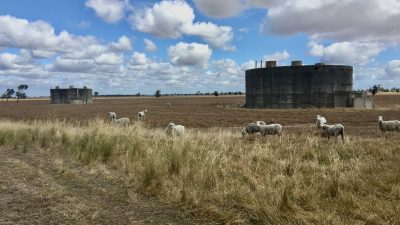
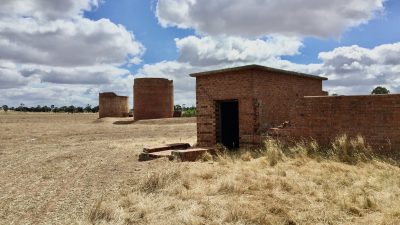

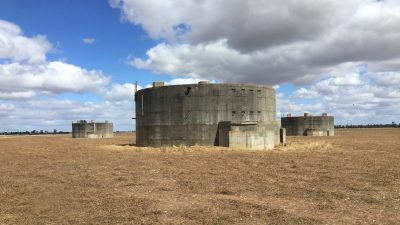


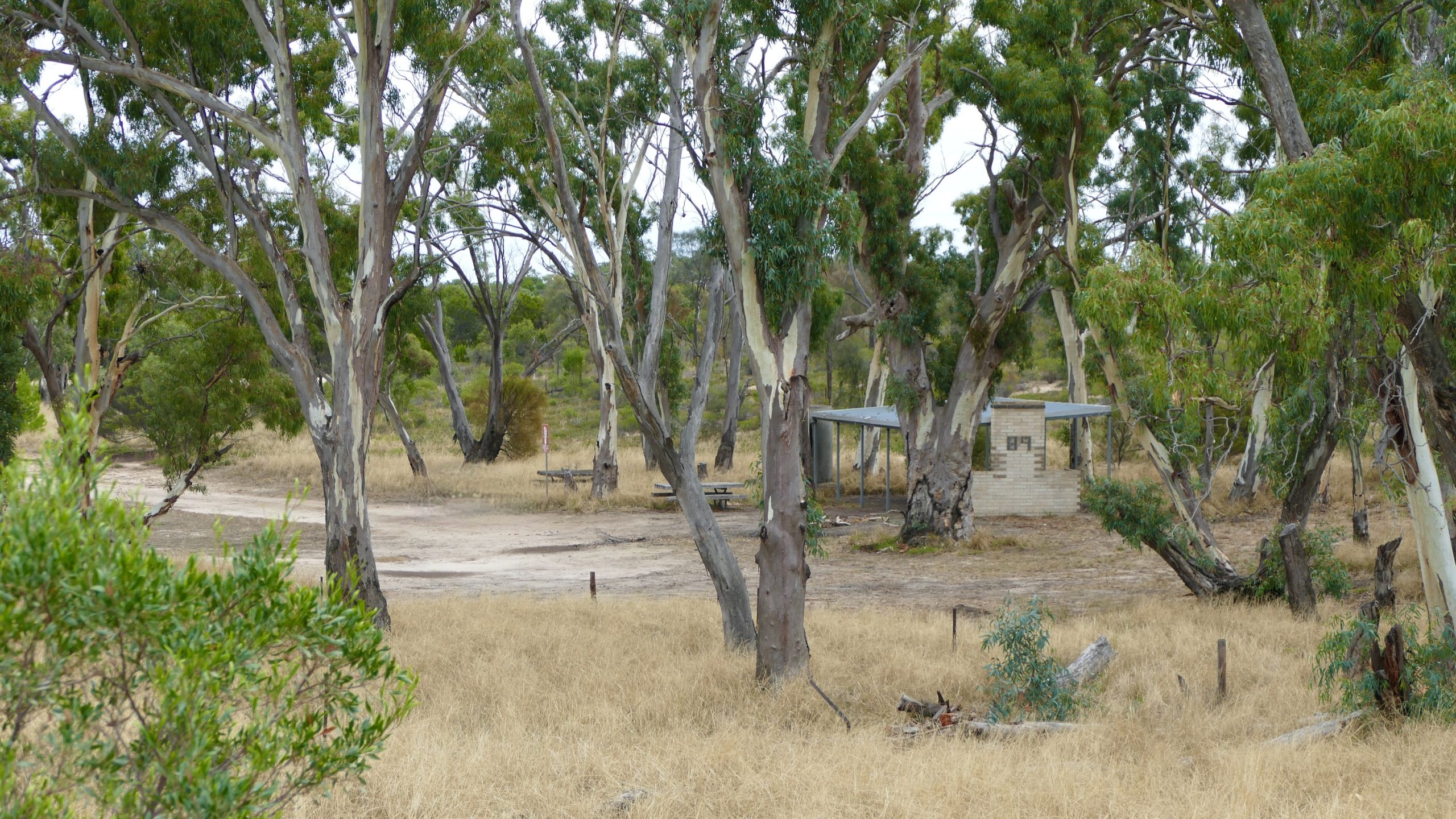
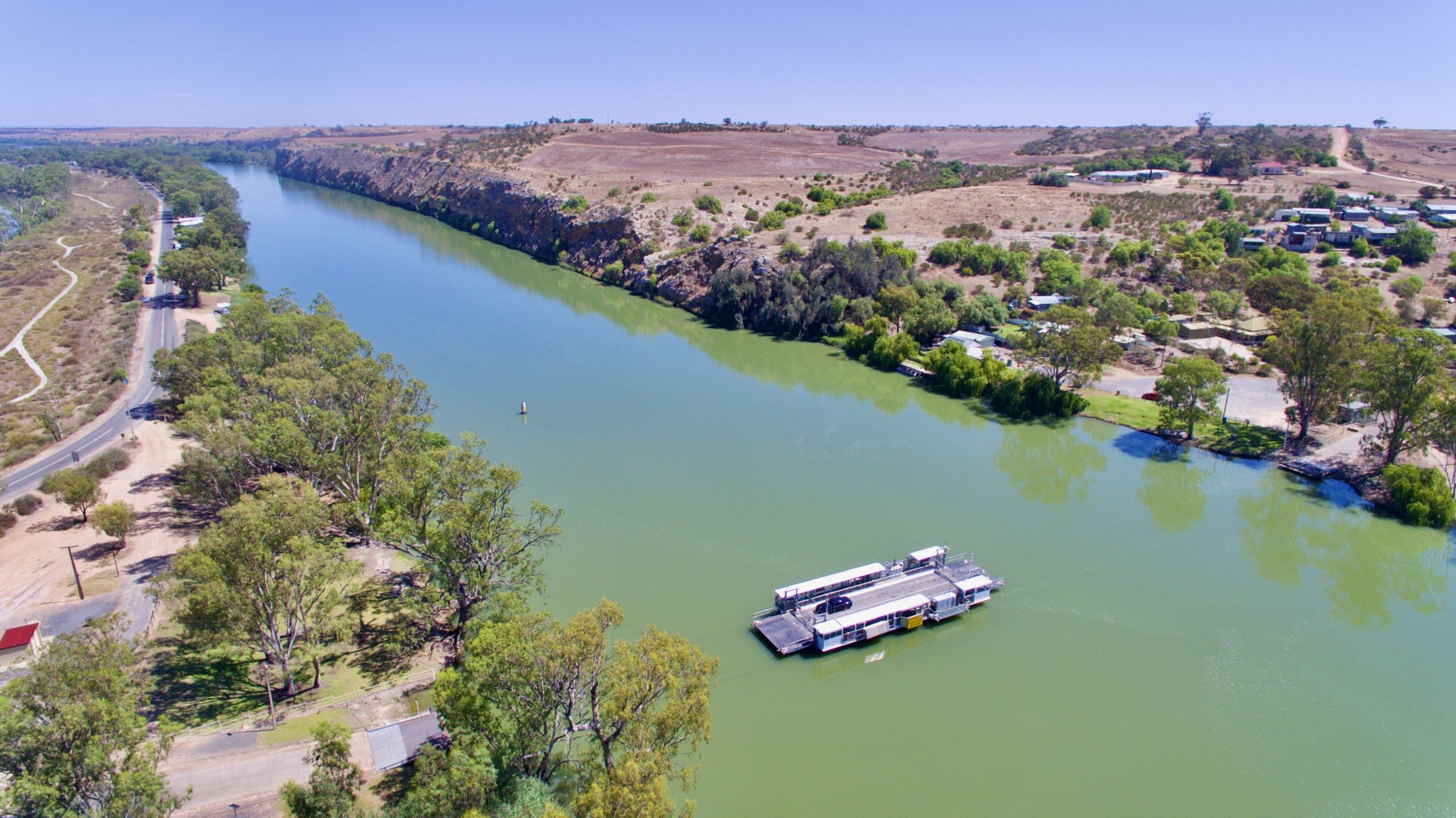
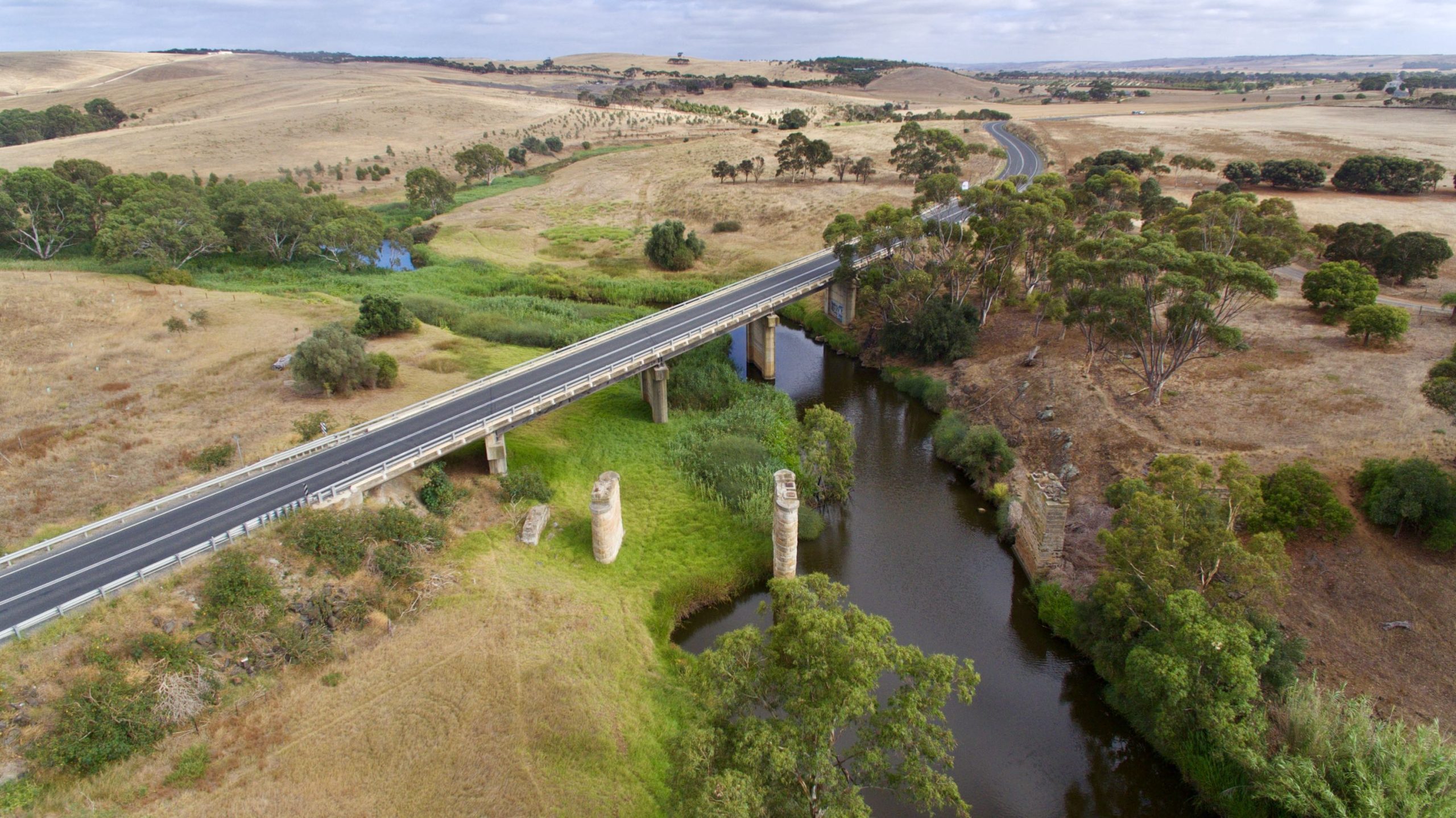
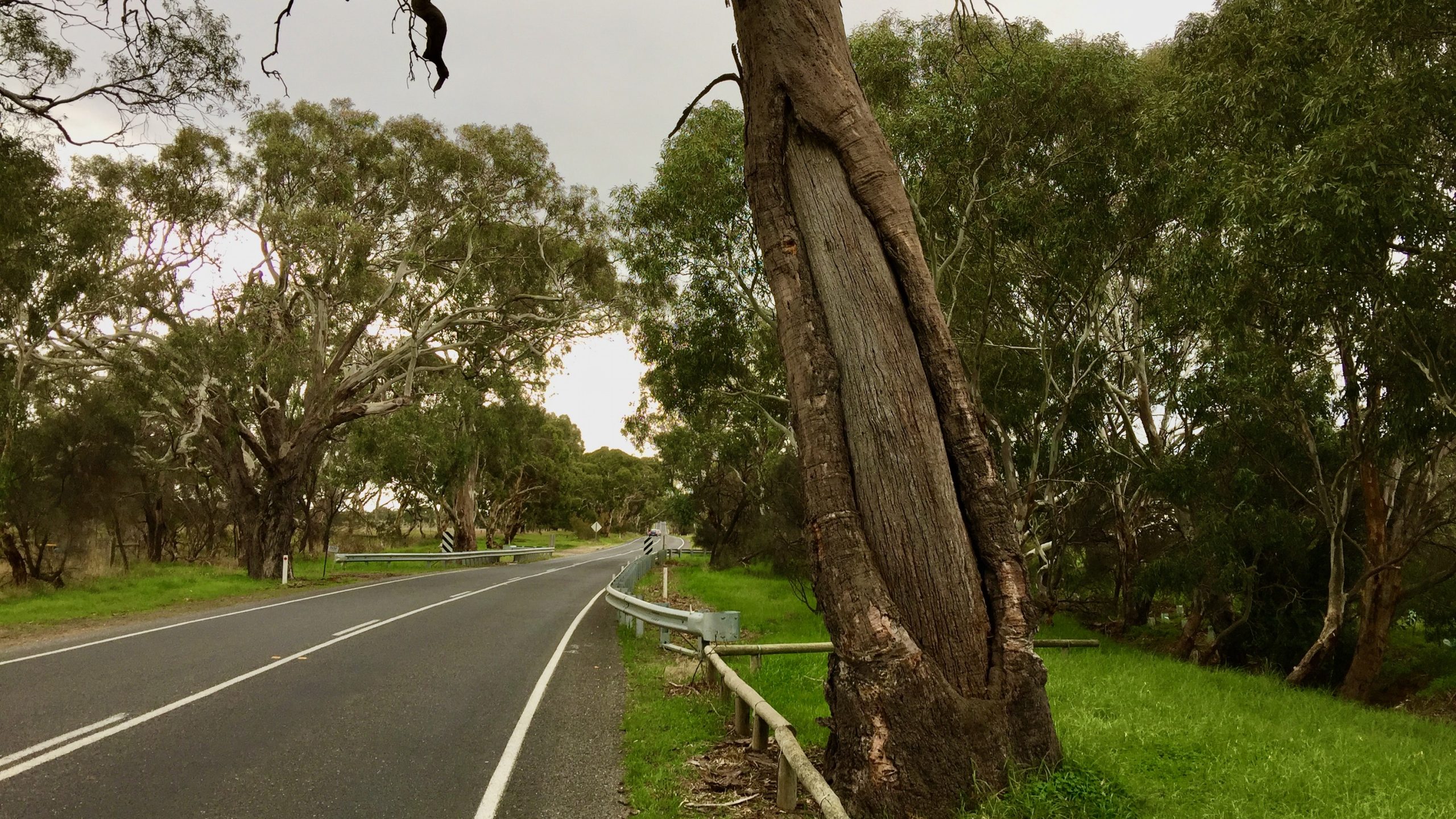

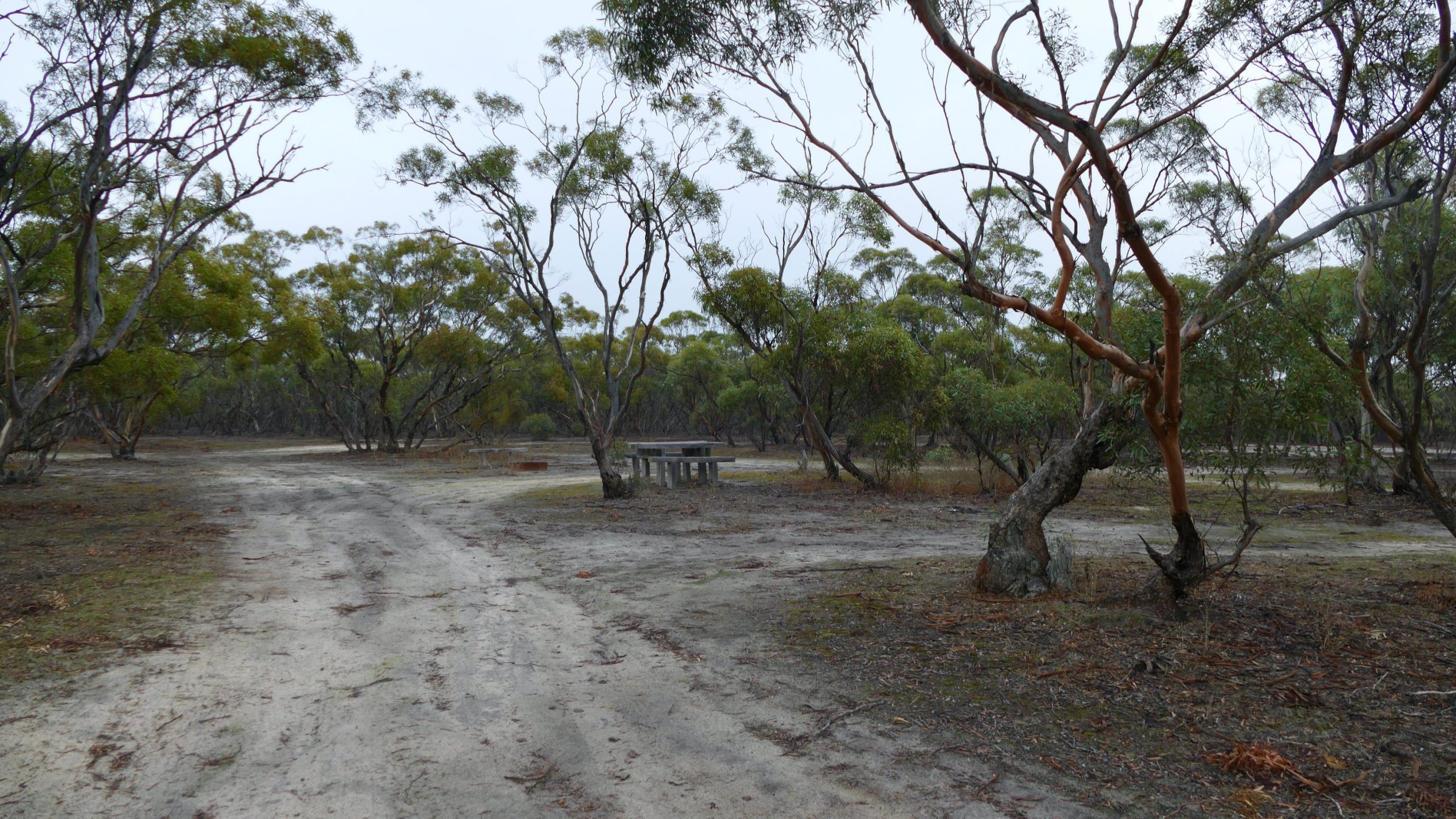
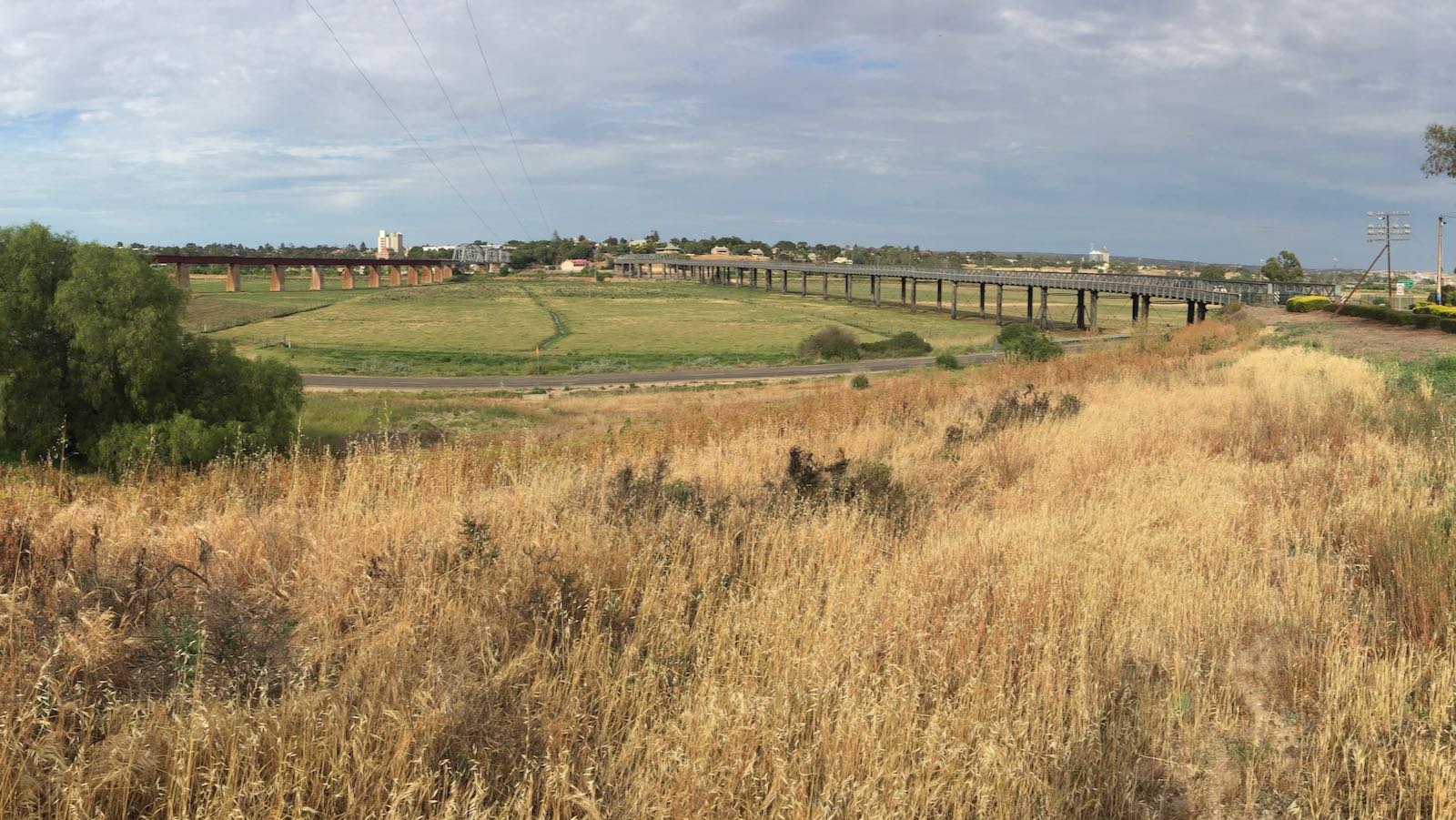
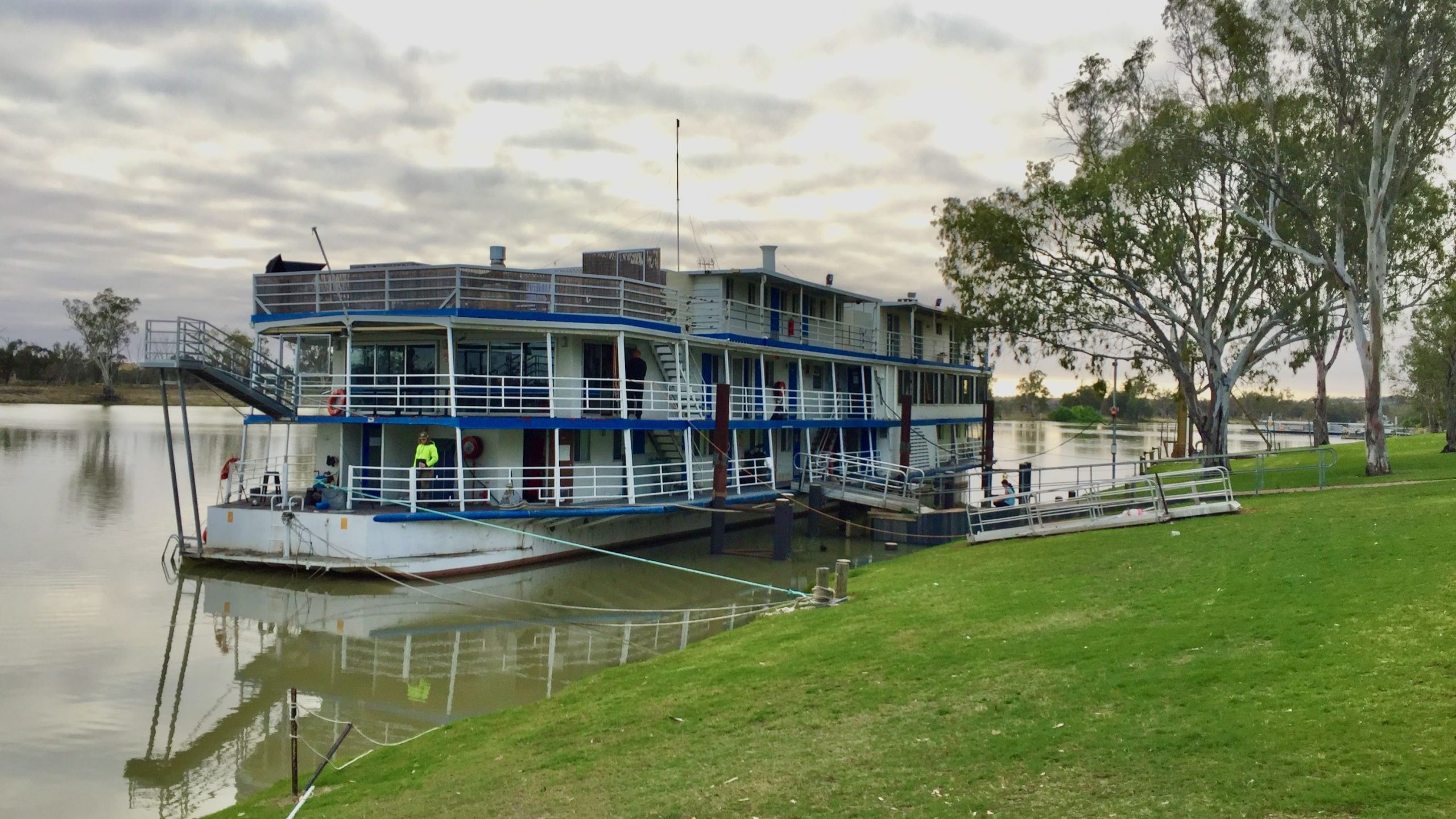
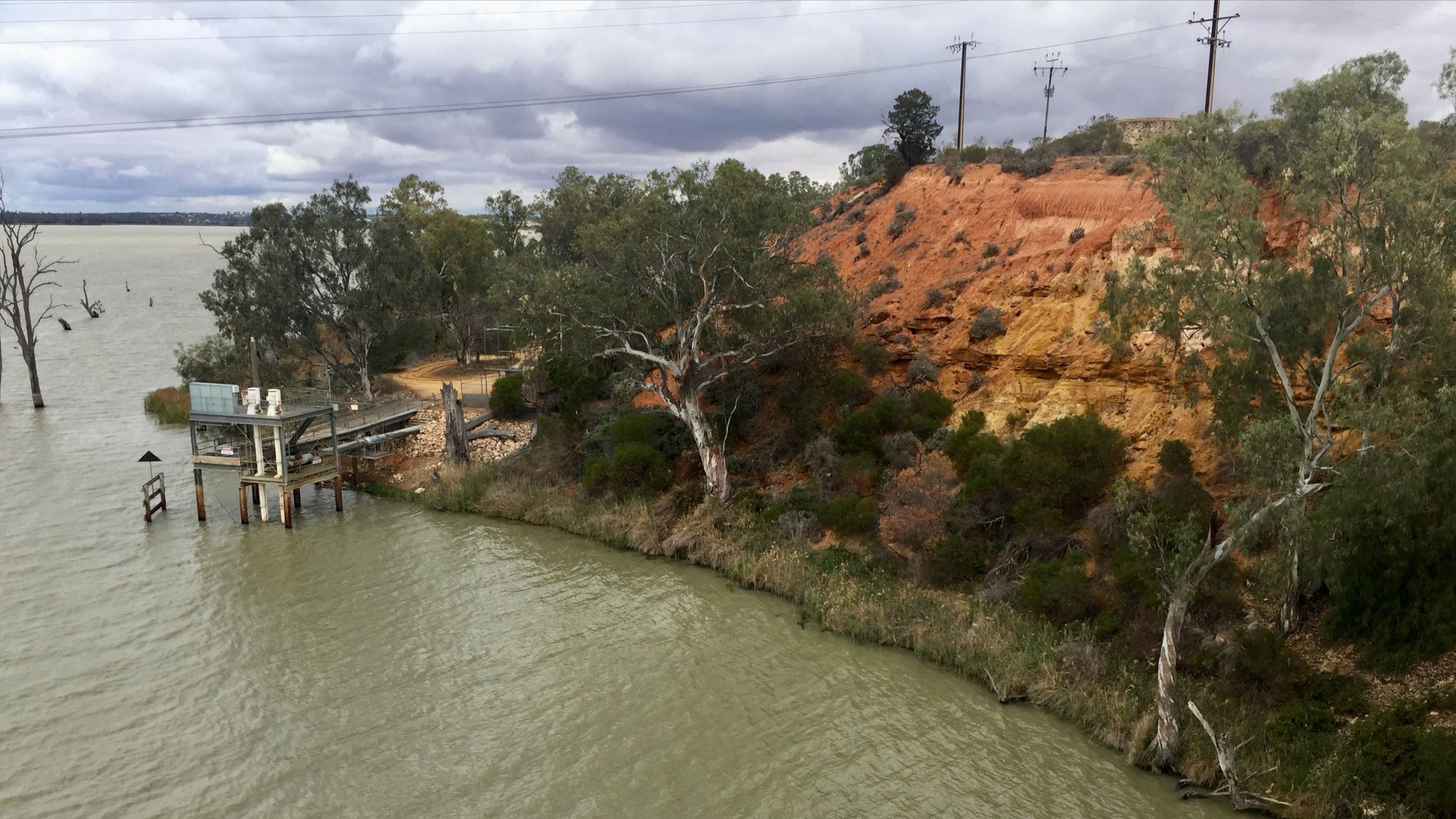

Leave A Comment